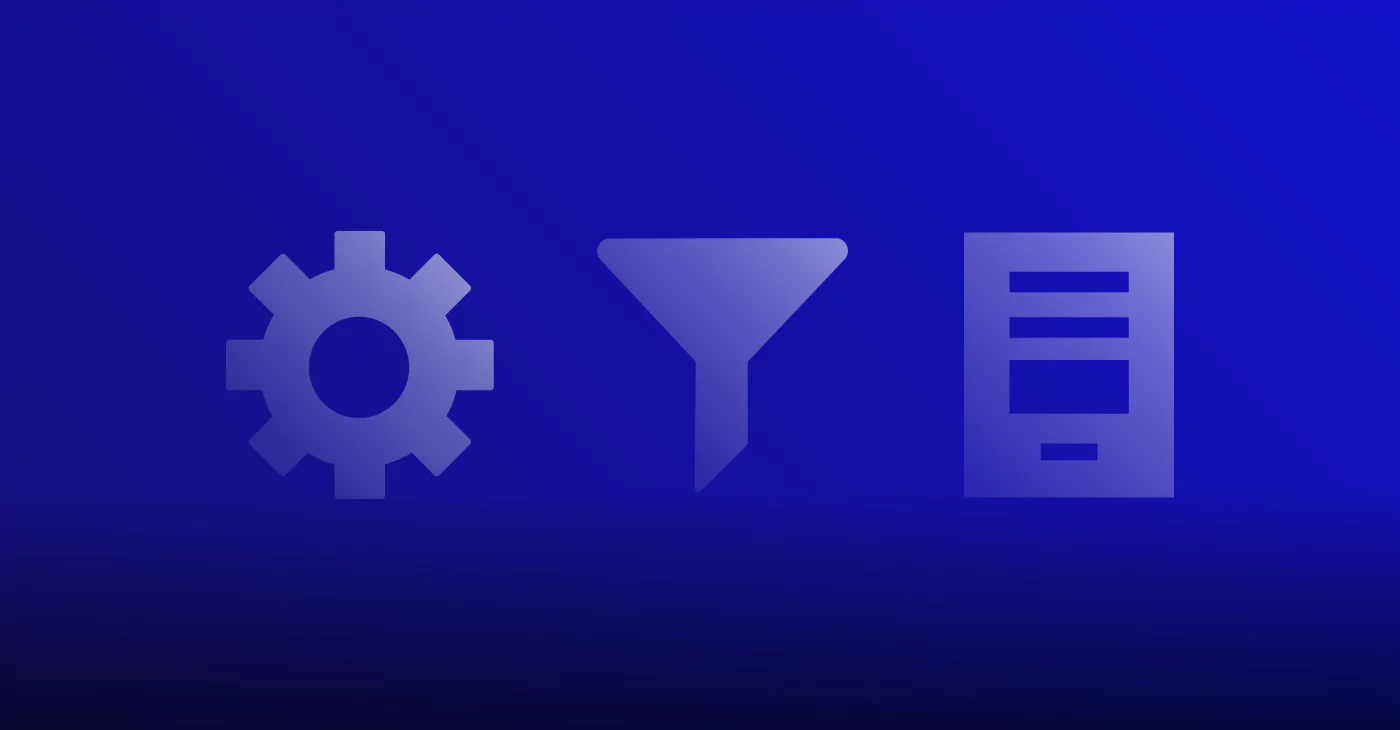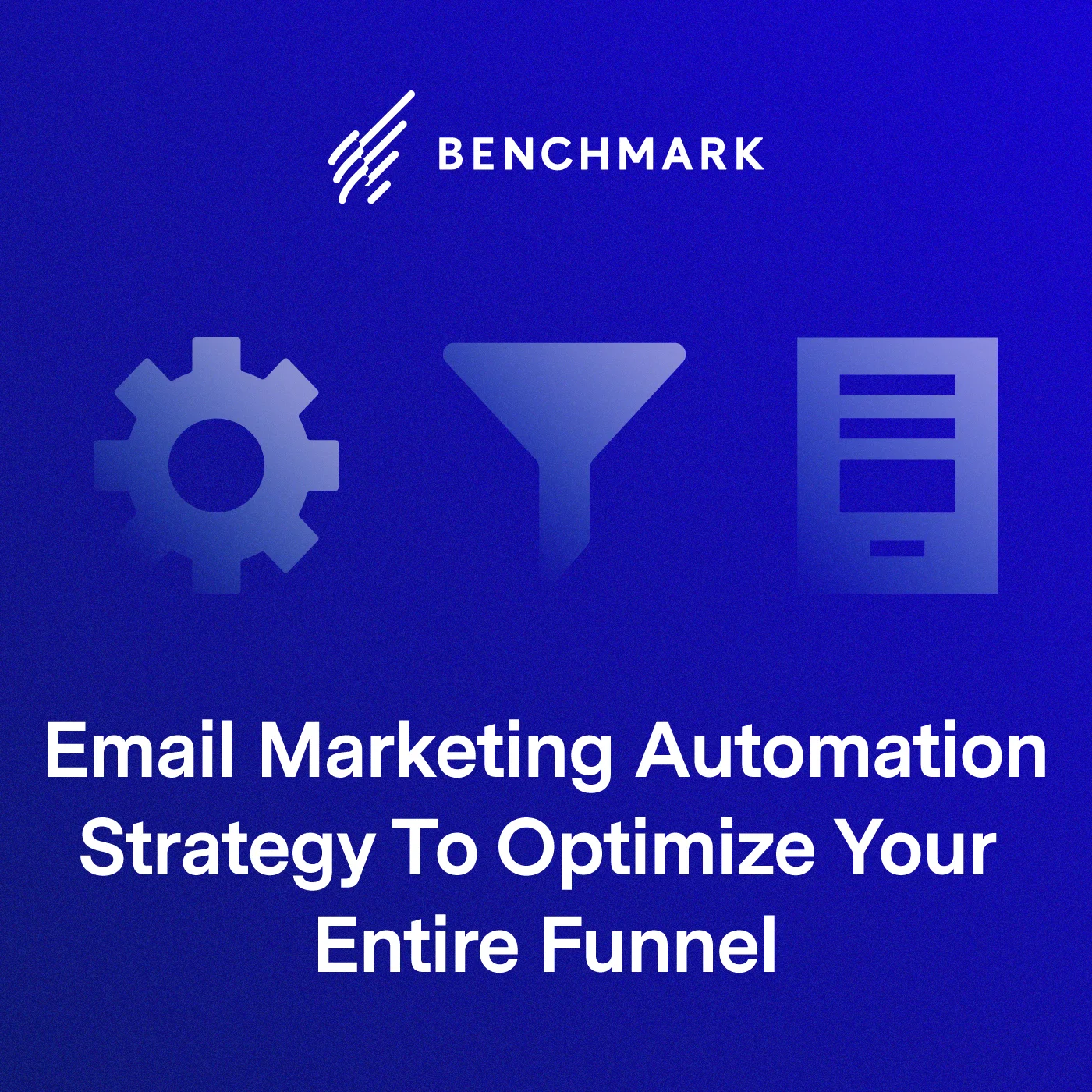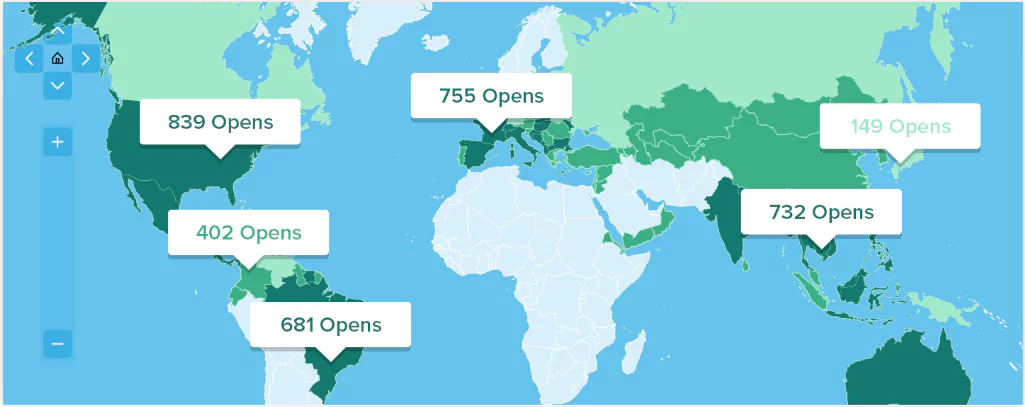Email Marketing Marketing Automation
Email Marketing Automation Strategies To Optimize Your Entire Funnel
March 8, 2019 6 min read

When a lot of marketers hear the word automation, they assume that means a robotic process that sounds like it’s from a computer instead of a human.
In fact, automation is a whole lot smarter today than it’s ever been before. Using Artificial Intelligence (AI), you can not only say goodbye to mundane, repetitive tasks, but you can also reach your customers more effectively.
Using different forms of marketing automation is shown to drive a 14% increase in sales productivity. It’s not a way to lose sight of your message to get rid of erroneous tasks. It’s all about reaching your customers on a more personal, data-driven level. Using marketing automation tools, you’re better equipped to target your message to the right audience and you can optimize the customer experience. When done correctly, marketing automation is an asset to your entire company.
However, it’s not as simple as setting up email automation or investing in customer retention software. You need to have a greater understanding of automation strategy to optimize your sales funnel effectively or else your customers will slip through the cracks along the way.
Why Use an Automation Strategy?
Despite what some critics say, email marketing is long from dead.
In fact, email marketing is thriving, especially as far as automation is concerned. Consumers who make a purchase through email are shown to spend 138% more than consumers that haven’t received an email offer, for instance. That’s a powerful statistic.
However, email is a complex tool today. As we said before, it’s no longer as simple as setting up a few welcome emails and periodically sending updates to your email subscribers. You need a targeted email strategy not only to find interested customers but to keep those customers interested in your brand.
Start thinking of your emails as not only a way to increase sales, but also a way to build brand awareness. Emails are a way to share valuable content, previews, and things your customers care about. They’re more than just a way to drive traffic to your sales page, and if you try to land the sale too soon you’ll quickly discover why email is so tricky.

Effective Email Automation Strategy
You need to master the art of the right time and the right place.
There’s a basic roadmap to email automation you can follow and refine to your unique niche. It starts with a lead magnet and warms up your list over time to build genuine relationships. At the end of the funnel, you’ll encourage your prospective customers to make a sale with an enticing offer.
Step 1: Lead Magnets
When marketers aren’t having success building an email list, it usually comes down to one thing: they don’t have a lead magnet. A lead magnet, in itself, is a form of automation. You set it up once and it continues to generate new leads long after you hit publish.
A lead magnet is anything that encourages users to sign up. It’s usually a freebie, like a discount code or a free guide. These simple things cost you nothing, and they bring you engaged email addresses. Popular money-making blog Making Sense of Cents offers a free 10-day online course as a lead magnet to attract customers.

Step 2: Welcome Email
Now, it’s time to introduce your business. This could be combined with your lead magnet email, but it can also be on its own with a special offer or freebie. This is the most powerful email in the whole strategy, and 320% more revenue is attributed to them than other types of promotional emails.
To follow up with the online course lead magnet above, the first welcome email includes more information about what to expect with the course as well as useful links. Notice how it’s welcoming, informative, and not a sales pitch. This is building trust with the reader.

Step 3: Soft Offer
Next, it’s time to share a story. This is when you establish credibility. Share the history of your company, the problems you solve for customers, and share some of your top services or products. Remember, the key here is to be educational and engaging, not salesy.
Instagram influencer Helene of Helene in Between uses her soft offer email as a chance to introduce herself, share her story, and encourage students to learn more about her course. Notice how she’s engaging and personable, but unafraid to share information about her new offer.

Step 4: FAQ Email
Your customers might have questions, especially if they haven’t made a purchase yet. This is when you follow up with common questions. Address them while also sharing your refund policy and warranty period.
Grocery delivery service Instacart includes an FAQ email for a recent promotion. First, they offer free delivery on your first order, then they explain how it works and share some of the available foods you can have delivery. Prospective customers would get their questions answered and be tempted to click on that free delivery offer.

Step 5: Final Offer
This is when you’re allowed to be a big salesy. You’ve educated your audience about who you are and what you do, and now’s the time to land the sale with your final discount.
See how Rosemarie Groner of The Busy Budgeter uses this email below to encourage users to signup for her training before time’s up. By sharing more information and letting users know the clock is ticking, people are more likely to take action.

Step 6: Last Call
Follow up as a reminder that this is the last chance to snag that great deal. See below how Burrow, a furniture company, sends a final offer to email subscribers following a weekend sale.

As you can see, this is a comprehensive strategy that leaves a lot of room for targeting, A/B testing, and segmenting. Make sure you’re using quality email addresses and that if you send emails to SharePoint lists, you do so properly. No strategy will work perfectly the first time.
It’s worth testing for yourself to see where you can best refine your emails. Your audience might need more time between emails, or they might need several last call notices to take action. This is why using automation software is your best friend. By keeping track of your email analytics, you can gain insight into how your customers are interacting with your marketing emails.
Make the Most of Every Email
Every email should count in your overall marketing strategy.
There’s no room for wishy-washy emails that don’t know what they want to accomplish. Be clear in your goals and automate confidently. Automating a sales funnel with the above steps means spending more time on other valuable marketing tasks.
Making the most of automation is also an effective way to learn more about your audience. How do they interact with your emails? Which offers lead to the most revenue? Embrace email marketing automation yourself to see what it can do for your business.
Author Bio
Ashley Lipman is an award-winning writer at studyclerks company who discovered her passion for providing knowledge to readers worldwide on topics closest to her heart – all things digital. Since her first high school award in Creative Writing, she continues to deliver awesome content through various niches touching the digital sphere.



